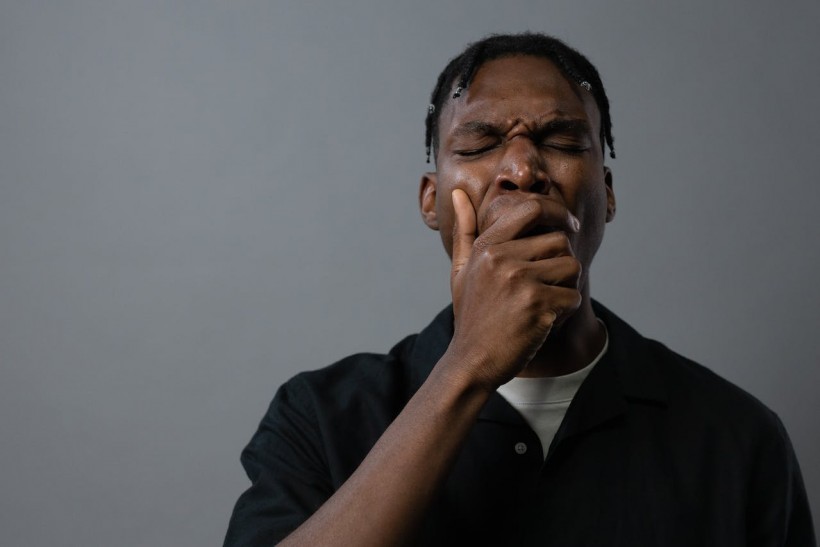According to a new study, idiopathic hypersomnia, which was initially thought to be rare, could actually be more prevalent than thought.
Idiopathic Hypersomnia: More Common Than Thought
The study "Prevalence and Course of Idiopathic Hypersomnia in the Wisconsin Sleep Cohort Study" involved the analysis of sleep data from almost 800 individuals. The scientists behind these efforts discovered that 1.5% of these people were likely to have idiopathic hypersomnia, which is a neurological condition that leads to excessive sleepiness and a need for sleep while still feeling groggy.
The rate of 1.5% corresponds to 12 individuals in the sample. This rate is remarkably higher compared to the numbers suggested by earlier studies. For example, it was estimated that 37 in 100,000 got diagnosed in the US in 2021. This is equivalent to 0.037% of the population.
However, scientists believe that the condition could lack recognition due to insufficient awareness and the time-consuming and expensive testing necessary for a diagnosis. This was brought up by Dr. David Plante, an associate psychiatry professor from the University of Wisconsin-Madison, who is a co-author of the study.
Dr. Plante explains that the findings show that idiopathic hypersomnia is quite common and that it could be more prevalent than thought. Hence, there could be a remarkable difference between the number of people who have the condition and the number of individuals who seek treatment. Dr. Plante adds the need for further efforts for identifying, diagnosing, and treating those who have the condition.
As part of the study, the researchers looked into the sleeping patterns of 792 individuals who are part of the continuing Wisconsin Sleep Cohort study. This study looks into sleep disorders among 1,500 state employees in Wisconsin. The researchers examined the data from two different lab tests that are used for idiopathic hypersomnia diagnosis. These lab tests are the multiple sleep latency test, which looks into how fast it takes one to fall asleep during naps in the day, and polysomnography, wherein functions of the body, including heart rate and brain activity, are examined while one is asleep.
Participants were also asked regarding how fatigued or tired they felt during the day, the time they spent on naps, and their usual sleeping time during the night when they did or did not have work the following day.
With all these data taken into account, along with idiopathic hypersomnia's diagnostic criteria, the researchers concluded that 12 individuals were likely to have the condition. These 12 individuals experienced more severe sleepiness in the day even after sleeping for the same or even longer periods than others.
These individuals were nine minutes quicker to fall asleep at night and six minutes quicker to do so during the day, compared to those who were unlikely to have the condition. They also had a higher sleepiness score in the survey.
The researchers had information pertaining to daytime sleepiness for 10 out of the 12 individuals who may have the condition. The researchers found that 10 of these individuals had excessive sleepiness for roughly 12 years, signifying chronicity. However, the sleepiness was observed to go away eventually for four out of these 10 individuals. This suggests a possible remission of the condition. However, further study is necessary to know more about what could lead to remission.
With this, the authors note that it is possible that the condition could be more common than previous estimates.
Idiopathic Hypersomnia
Idiopathic hypersomnia is a sleeping disorder wherein one experiences excessive sleepiness during the day and may also find it hard to wake up from sleep. This excessive sleepiness could be experienced even after a night full of good sleep. Someone with the condition may take a nap and not feel refreshed after taking the nap. This person could even feel disoriented or confused after.
Because the need for sleep may strike at any time, such as during work or when driving a car, idiopathic hypersomnia could be dangerous.
RELATED ARTICLE: Excessive Daytime Sleepiness and Using Sunosi As Treatment: 3 Important Things You Should Know
Check out more news and information on Medicine & Health in Science Times.












!['Cosmic Glitch' in Einstein's Theory of General Relativity Could Be Explained in This New Scientific Tweak [Study]](https://1721181113.rsc.cdn77.org/data/thumbs/full/53435/258/146/50/40/cosmic-glitch-in-einsteins-theory-of-general-relativity-could-be-explained-in-this-new-scientific-tweak-study.jpeg)


